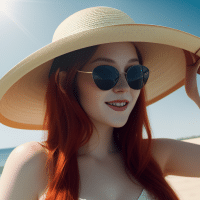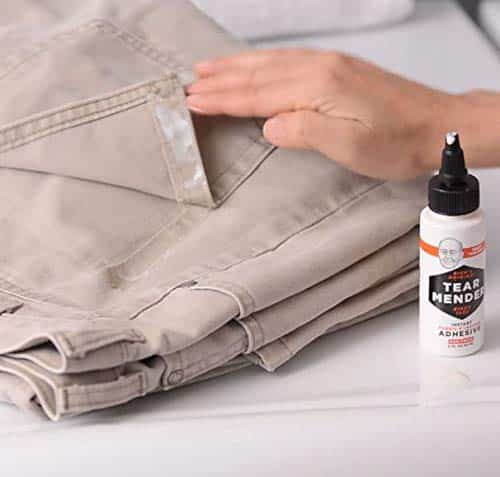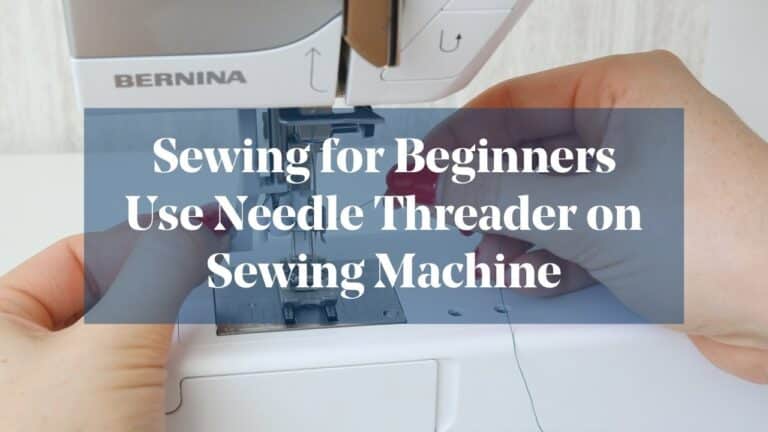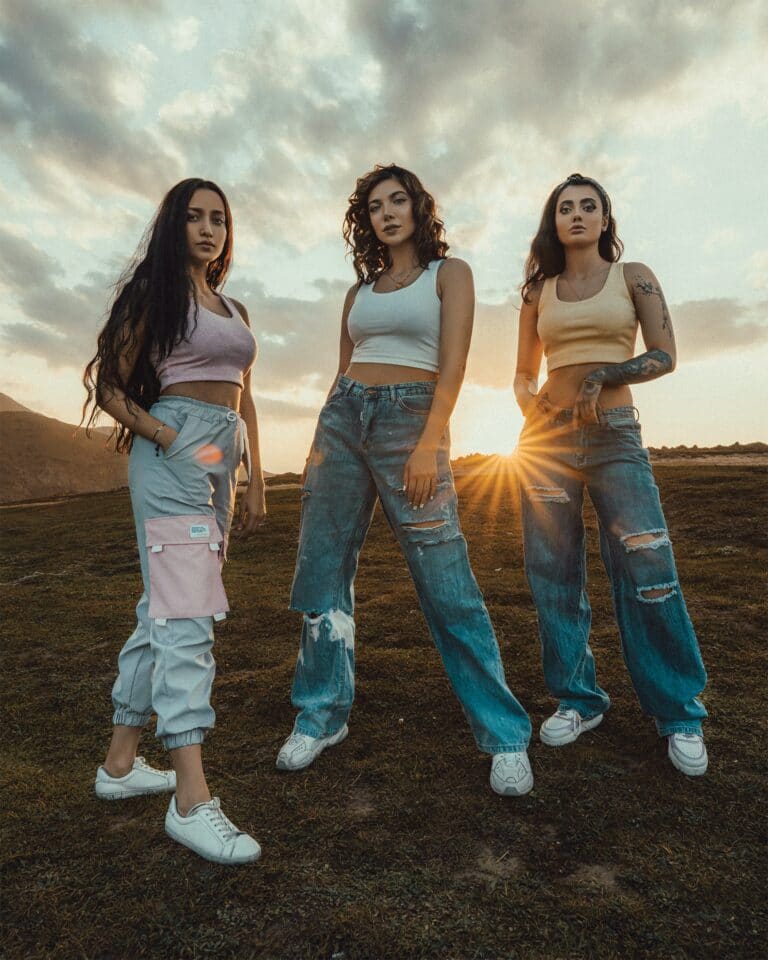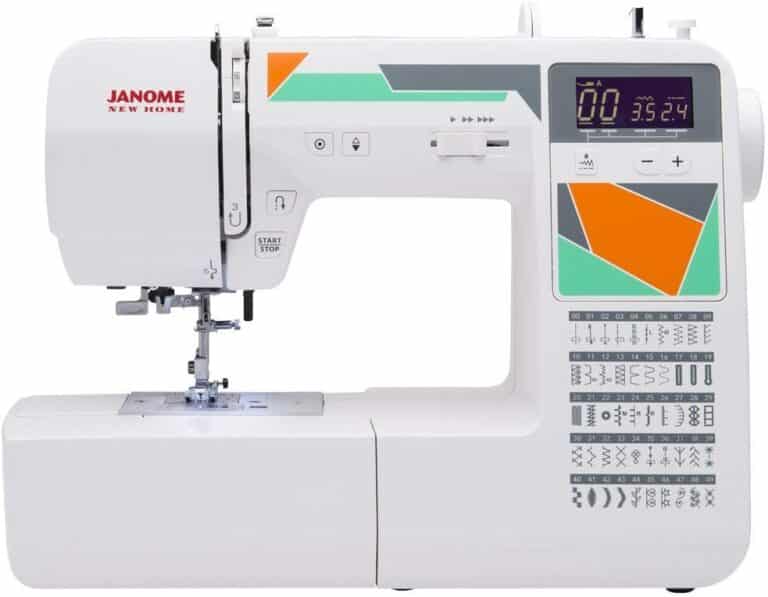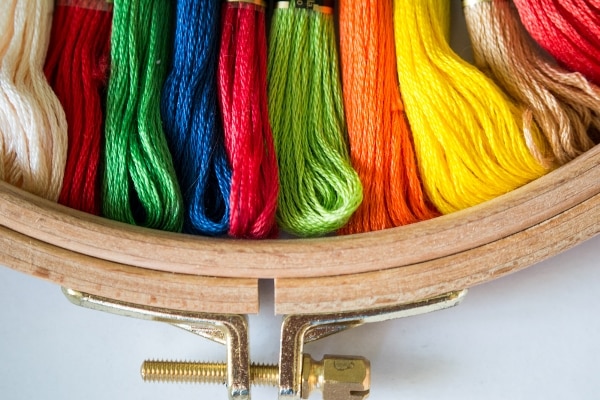5 Best Fabric Dyes for Polyester
Table of Contents
Best Fabric Dyes For Polyester Synthetic & Fibers
The best fabric dyes for polyester are made from synthetic, or man-made fibers. Polyester fabrics can traditionally be harder to dye.
Most dyes that will work with polyester fabrics are specifically made for these fibers. They will usually require hot water to be used throughout the dying technique, and are often stovetop dyes. They cannot be used in the washing machine or in cold water like other dyes. Some of the dyes made for natural fibers can work with poly/cotton blends, depending on the amount of polyester in the blend.| Fabric Dye for Polyester Reviews | Features |
|---|---|
| Rit 2492 DyeMore Advanced Liquid Dye for Polyester | Formulated for synthetic fabrics, multiple colors available, works best with over 35% synthetic content |
| Tulip Permanent Fabric Dye | Permanent and provides solid coverage, variety of colors, can be used on polyester/cotton blends |
| Dylon 87008 Permanent Fabric Dye | Works well with hand-dying techniques, vibrant colors, can be used on natural fabrics and cotton/polyester blends |
| Rit Dye RIT COLORSTAY | Fixative to prevent bleeding and fading, can be used on poly/cotton blends and other fabrics |
The ideal dye for synthetic materials, such as polyester and acrylic
Dispersable dyes are the ideal fabric dye for synthetic materials.
Trial and error are essential because synthetic textiles can be among the trickiest to dye consistently.
The production processes for synthetic fabrics vary widely, and they are frequently treated to make them wrinkle-, odor-, or water-resistant. It is always worthwhile to test to ensure that you receive the outcome you expect because these variables, along with various treatments, all affect how a fabric might absorb dye.
Dyeing some synthetics, like those that are stain-resistant, will be exceedingly challenging.
Materials:
The dye most frequently used to color synthetic fabrics after they have been produced is known as “disperse dye.” They can also be found in their own formulae, however, they are frequently found in multifunctional dyes like Rit, Dylon, and iDye.
Although these dyes are intended to be used with synthetic fibers, the wide diversity of synthetic fiber types makes it challenging to ensure a consistent outcome. For optimum results, search for a dye that says it is developed for synthetics while you are purchasing, such iDye Poly.
Advice:
Pre-washing your fabric with washing soda will help promote good color uptake. It is a degreaser that will lightly abrade the fibers’ surface to allow dye to penetrate them. Heat can also help the color absorb more readily, but make sure to apply it according to the dye’s packet directions.
How we decide on what to buy:
Our goal is to help you find the best sewing resource for your requirements. We’ll do the legwork to ensure you get the most for your money, whether you’re shopping for high-end gear or the bare essentials.
We consult experts, friends, and family members who are also sewists, teachers, and/or craftspeople; we scour the Internet for information on how sewing supplies are used; we read customer reviews by real users; and, of course, we rely on our own accumulated expertise as sewists, teachers, and/or craftspeople.
Best Fabric Dyes for Polyester
Here are our fabric dye for polyester reviews
1. Rit 2492 DyeMore Advanced Liquid Dye for Polyester
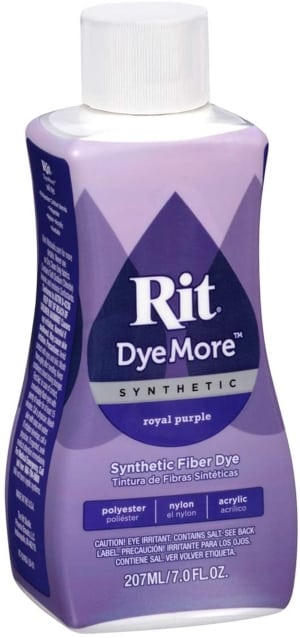
This dye is formulated to work well with synthetic fabrics or synthetic fabric blends. It’s possible to dye polyester, nylon, acetate, acrylic, and more. The dye is great for bringing faded clothing back to life, changing a fabric’s colors, fixing stains or marks on clothing, and more.
- Synthetic fabrics can be harder to dye, so this dye has to be used on the stovetop to maintain heat throughout the dying process and cannot be used in the washing machine as other Rit dyes can
- This dye comes in multiple colors and there are tons of color recipes on Rit’s website for mixing dyes to produce unique colors
- This dye works best with over 35% synthetic content in the fabric
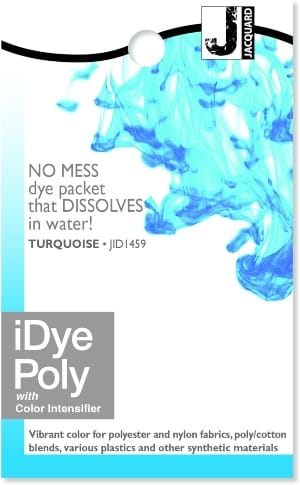
2. Jacquard Products iDye Poly Synthetic Dye Fabric
This synthetic fabric dye can be used with many different synthetic fibers. The dye will work well with polyester, nylon, poly/cotton blends, and will even dye some plastics. The fabric dye is vibrant and will dissolve in water. The dye does require a hot dyebath, which is common for most polyester and synthetic fiber dyes.
- Each dye packet weighs 14 grams
- One packet of dye will dye up to three pounds of fabric
- Comes in a variety of different colors
Check Today's Price on Amazon
3. Tulip Permanent Fabric Dye
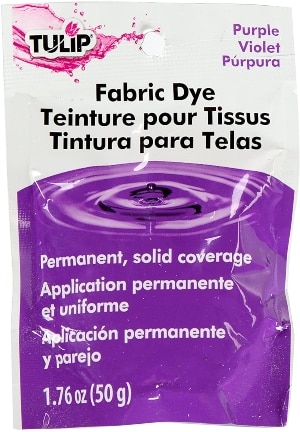
Tulip fabric dyes are permanent and provide solid coverage. The dyes come in a variety of different colors. While they cannot be used on fabrics that are totally synthetic, the dyes can work well on polyester/cotton blends. The dye works best with hot water and salt.
- The dye colors can be mixed together to create even more colors or custom colors
- One dye packet will make one gallon of dye and will dye up to half a pound of clothing
- Can be used to dye apparel items, accessories, or even items around the home like pillow covers or curtains
Check Today's Price on Amazon
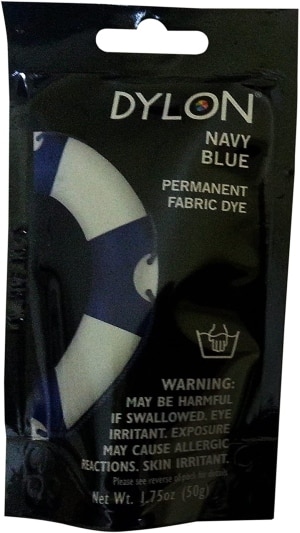
4. Dylon 87008 Permanent Fabric Dye
Dylon Permanent Fabric Dye can be used on many different natural fabrics, as well as cotton/polyester blends. The dye works well with hand-dying techniques and uses warm water. These dyes come in a variety of different colors.
- Each dye packet is 1.75oz
- The color is permanent and will not fade, even over time
- The dye is vibrant
Check Today's Price on Amazon
5. Rit Dye RIT COLORSTAY
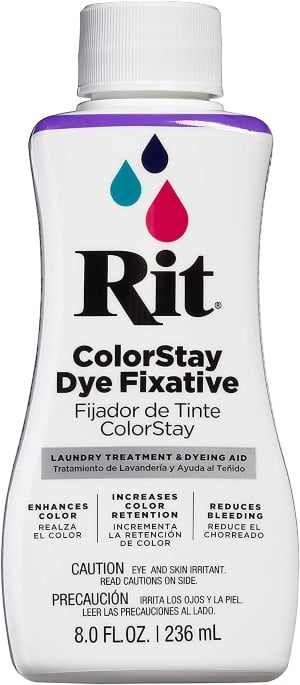
Polyester and poly blends can be hard to dye. Sometimes the dye will bleed or won’t hold fast. In that case, consider using a dye fixative, which can be used in conjunction with other dyes. This fixative helps prevent the dye from bleeding, and fading over time and can be used to enhance the color of the dye.
- This dye fixative can work with poly/cotton blends
- Use after the regular dying process to keep colors permanent and vibrant
- Can be used on many other fabrics including cotton, rayon, ramie, linen, and other blends that contain these fabrics as well
Check Today's Price on Amazon
Fabric Dye for Polyester Buying Guide
Dying polyester can be a harder or trickier process than with natural fabrics. There are far fewer dyes that will work with polyester fabrics than with natural fibers like cotton. Some of the other dyes, depending on which brands they are, can work with polyester/cotton blends, but the success of the project would depend largely on how much polyester is in the blend. If you are uncertain, it is best to use dyes specifically formulated for polyester. Dye fixatives can also be used after the regular dying process to help colors stay permanent and not fade.
Budgeting
Most fabric dyes, even dyes specifically formulated to be used with synthetic fibers, are quite budget-friendly. Many dyes will dye two to three pounds of clothing per packet, while other packets will dye half a pound of clothing. These packets are usually quite inexpensive and dying one, two, or even three articles of clothing will often cost between five to ten dollars.
Color Mixing
Many of the polyester dyes come in multiple colors. Colors can also be mixed for a higher degree of color matching, creativity, or customization. The fabric dye brand will often have a website with color recipes on it to help create the perfect shade or tone of color.
RISKS AND TIPS ON DYEING POLYESTER
Dyeing polyester and other synthetic materials can present several challenges due to the unique characteristics of these fabrics. Here are some potential risks and difficulties:
- Fabric Resistance: Polyester is a synthetic fabric with a tight weave that often resists dye, making it difficult for colors to absorb effectively.
- Inconsistent Results: Synthetic fabrics vary significantly in manufacturing processes and treatments, which can affect how the material absorbs the dye. This can lead to uneven color distribution or unexpected color outcomes.
- Color Fading: Even when dyed successfully, polyester tends to lose its vibrancy faster than natural fibers do. The color may fade over time or lose intensity after washing.
- Damage from High Heat: Dyeing polyester usually requires high temperatures (often boiling) for the dye to penetrate the fabric properly. This intense heat could potentially damage delicate polyester items or cause shrinkage.
- Chemical Reactions: Some dyes designed for synthetics contain disperse dyes, which require carrier chemicals when used domestically. These chemicals can pose health risks if not handled correctly.
- Environmental Impact: Dyeing processes—particularly with synthetic dyes—can have a significant environmental impact due to chemical runoff in water waste.
It’s essential to follow safety measures while dyeing and always read and adhere to the product instructions. Also, make sure you’re working in a well-ventilated area and wearing protective clothing where necessary to minimize these risks.
Recommended Reading:
- Chapter 1: The 7 Sewing Essentials for Beginners
- Chapter 2: The Beginner’s Guide to Sewing Machines
- Chapter 3: The Ultimate Guide to Setting up your Sewing Room
- Chapter 4: Everything You Need To Know About Sewing
- Chapter 5: Sewing Fabric 101: A Virtual Tour of the Fabric Store
If you’re looking for the best fabric dye for polyester, look no further. Our top pick is specifically formulated to provide the best results when dyeing polyester fabric. Not only that, but it also works wonders on synthetic fabrics, making it the best dye for synthetic fabrics as well.
But what if you have a cotton-polyester blend? Don’t worry! Our versatile fabric dye is also the best choice for dyeing cotton-polyester blends. The blend of polyester and cotton fibers can be challenging to dye evenly, but with our product, you’ll achieve vibrant and consistent color every time.
So, how can you dye polyester or a cotton-polyester blend? It’s simple!
Follow these easy steps. First, make sure to pre-wash the fabric to remove any sizing or chemicals that may interfere with the dyeing process.
Next, prepare the dye bath according to the instructions provided. Submerge the fabric in the dye bath and agitate it gently to ensure uniform color distribution. Let the fabric soak for the recommended time, periodically checking the color to achieve your desired shade.
Finally, rinse the fabric thoroughly and let it dry.
With our best fabric dye for polyester and cotton-polyester blends, you can transform any garment or fabric with ease. Don’t settle for less when it comes to achieving vibrant and long-lasting color. Try our top-rated dye today!

